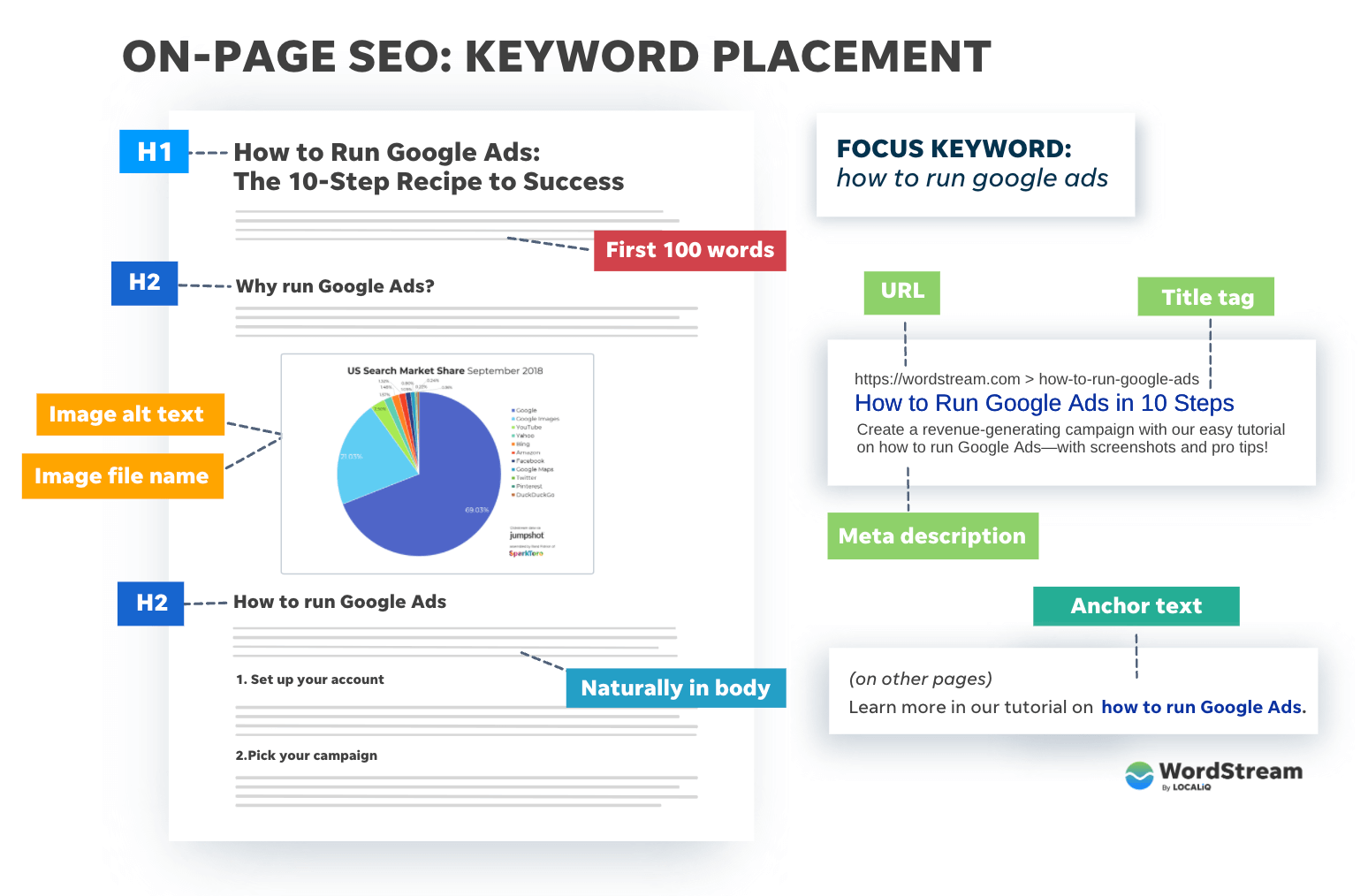Unveiling the Influence of Second Dimension in Google Analytics on Data Analysis and Insights
In the realm of information analytics, the utilization of additional measurements within Google Analytics has emerged as a pivotal tool for extracting much deeper insights and unraveling facility patterns that might otherwise continue to be obscured. By peeling off back the layers of main data collections, second dimensions offer a nuanced point of view that enriches the understanding of user behavior, website efficiency, and the efficiency of advertising and marketing methods. However, the real impact and untapped capacity of additional measurements are commonly ignored, outweighed by the attraction of primary metrics. As we browse with the detailed landscape of data analysis, the relevance of second measurements comes to be increasingly obvious, clarifying crucial details that hold the secret to educated decision-making and tactical optimizations.
Exploring the Idea of Additional Dimensions
Additional measurements in Google Analytics provide extra understandings by allowing users to analyze primary data in combination with a second quality. By incorporating additional measurements, individuals can delve much deeper into the data and uncover beneficial relationships that may otherwise go undetected - what is a secondary dimension in google analytics.
By discovering the various additional measurements available in Google Analytics, individuals can unlock new understandings and enhance their digital marketing efforts. In significance, second measurements offer as a powerful tool for boosting information evaluation and driving actionable results.
Enhancing Data Interpretation With Additional Measurements
Having developed the fundamental understanding of second dimensions in Google Analytics and their essential duty in information evaluation, the emphasis now moves towards leveraging these secondary credit to boost the analysis of analytics data (what is a secondary dimension in google analytics). By incorporating second measurements right into data analysis, experts can gain much deeper understandings into user behavior, internet site efficiency, and marketing performance

Additionally, secondary dimensions assist in contextualizing key data metrics by giving extra layers of information. This contextualization aids in recognizing the 'why' behind the information patterns, helping experts make informed choices and optimizations to improve total performance. Ultimately, incorporating additional measurements enhances the information interpretation process, causing more meaningful insights and critical activities.
Uncovering Hidden Insights Through Secondary Dimensions
Checking out the midsts of analytics information with additional dimensions discloses useful insights that would otherwise continue to be covered. By incorporating additional dimensions in Google Analytics, companies can uncover concealed patterns, trends, and correlations that offer a more comprehensive visite site understanding of user actions and web site performance. These extra layers of data allow experts to dig deeper right into the key measurements, such as website traffic sources or landing web pages, and gain an extra nuanced point of view on exactly how various variables engage with each various other.
Via the usage of second measurements, analysts can section and contrast information throughout various dimensions, allowing them to recognize particular aspects that affect user engagement, conversion rates, and general success metrics. By coupling the main dimension of 'tool category' with the secondary measurement of 'age team,' marketing experts can pinpoint which age demographics favor accessing the website via mobile tools versus desktop computers.
Leveraging Secondary Measurements for Actionable Analytics
Building upon the insights unveiled via second measurements in Google Analytics, services can now harness this enriched data landscape to drive workable analytics and calculated decision-making. By leveraging second dimensions, companies can dig much deeper into their data to extract beneficial patterns, fads, and relationships that may have previously gone undetected. This much deeper degree of evaluation allows organizations to gain a more detailed understanding of individual habits, project performance, and overall site performance.
One secret benefit of utilizing additional dimensions for actionable analytics is the ability to sector information based upon specific requirements. This segmentation permits services to customize their projects and methods to various audience teams, causing much more targeted and efficient advertising initiatives - what is a secondary dimension in google analytics. Furthermore, Get the facts secondary dimensions offer a more all natural view of individual interactions, allowing services to maximize their web site web content, layout, and overall customer experience
Optimizing Decision-Making With Secondary Dimensions
To enhance calculated decision-making in analytics, leveraging additional measurements in Google Analytics can provide an extra nuanced viewpoint on customer habits and campaign efficiency. By incorporating additional dimensions right into data analysis, companies can dig much deeper right into the specifics of their web site visitors' communications and interaction patterns. This added layer of details enables a more extensive understanding of just how various variables, such as demographics, gadgets, or web traffic resources, influence essential efficiency indications.

Verdict
Finally, making use of secondary dimensions in Google Analytics plays a crucial function in boosting data analysis and revealing hidden understandings. By exploring this idea, one can obtain a much deeper understanding of customer actions and make educated choices based on workable analytics. Leveraging additional dimensions permits a much more extensive interpretation of data and makes the most of the effectiveness of decision-making procedures.
